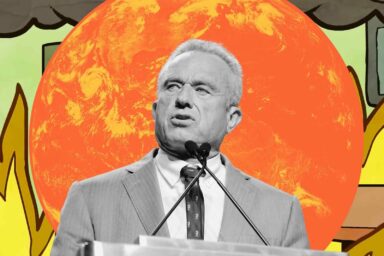Welcome to WhoWhatWhy’s weekly COVID-19 roundup. There’s a lot of virus coverage out there, so this feature will give you a dose of the latest news.
This week, when many of us would normally be thinking about getting together, we, unfortunately, go the other way; we embrace social distancing — at arm’s length.
How is America defining social distancing? Looking at this state-by-state daily update, there are as many guidelines for limiting social interactions as there are states — from safety guidance for places of worship in Nevada to limiting outdoor mass gatherings to 25 in Wisconsin.
How does an epidemiologist define social distancing? Carolyn Cannuscio, from the University of Pennsylvania, gives us her explanation in this 6.5-minute video.
On the other hand: The Boston Globe’s Billy Baker says what we all know to be true — “Everyone is doing social distancing wrong except me.”
But then again: Effective social distancing requires you know where the virus is. So — where is it?
How do artists define social distancing? Dr. Patrick Duggan and Dr. Stuart Andrews have received Arts and Humanities funding in the UK to set up projects that contribute to our understanding of and response to the COVID-19 pandemic and its impacts.
Anthropologist Roman Wittig prefers to call it “spatial distancing.” His studies of the effects of social contacts on the health of chimpanzees apply to humans. “In spatial terms, we must and should maintain a distance of two meters,” he says. “But, in social terms, we should be particularly close to and supportive of one another at this moment: after all, we’re in a permanent state of stress due to this pandemic.”
Whatever your definition, connect (virtually). The Illinois Virtual Distance Challenge offers a way to distance yourself from pandemic stress by joining them virtually to run, walk, hike, bike, or do your favorite exercise activity all through December. Sign up here.



